Design stories - Alice & Caleb
Self-proclaimed “regular renovators” and winners of The Block NZ 2013, Alice and Caleb... read more
3 min read
There is nothing like stocking your fridge with fresh produce after a successful grocery shop—everything you need to fuel you and your family for the week ahead. However, keeping those perishables perky once you get them home can be a real challenge. Maximising the shelf-life of your produce is both an art and a science. There is so much to consider from balancing humidity and condensation, to controlling air exposure and moisture.
Here are five handy tips on how to get the most out of your fresh fruit and vegetables, minimising food waste.
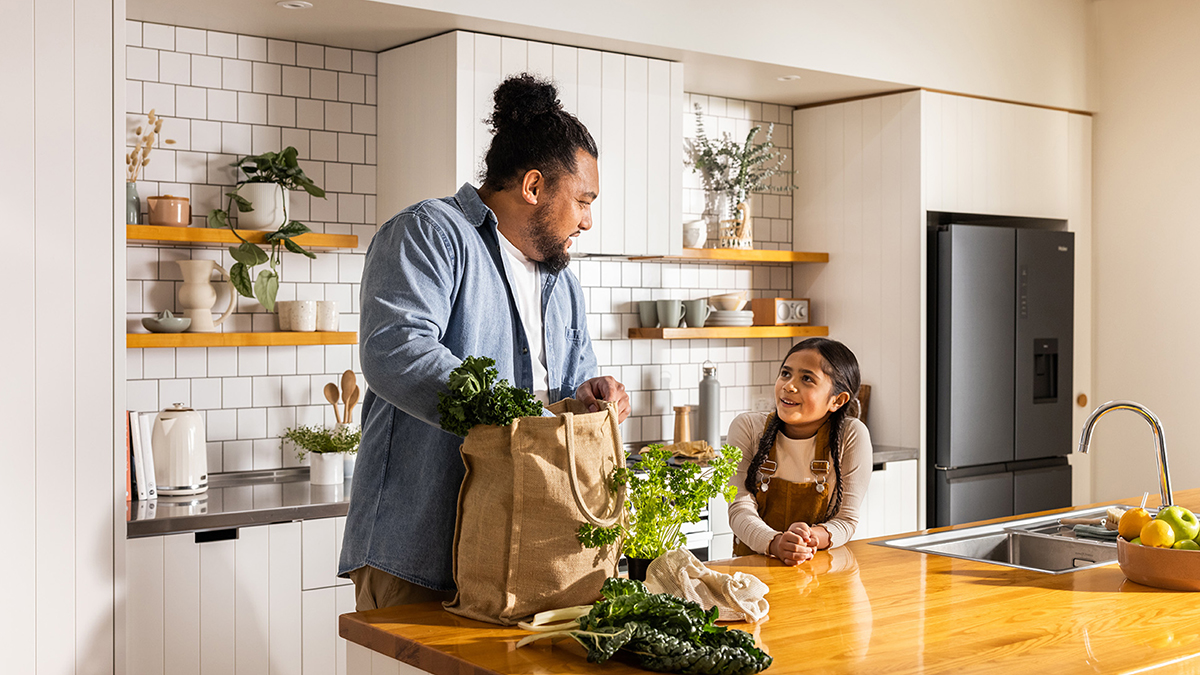
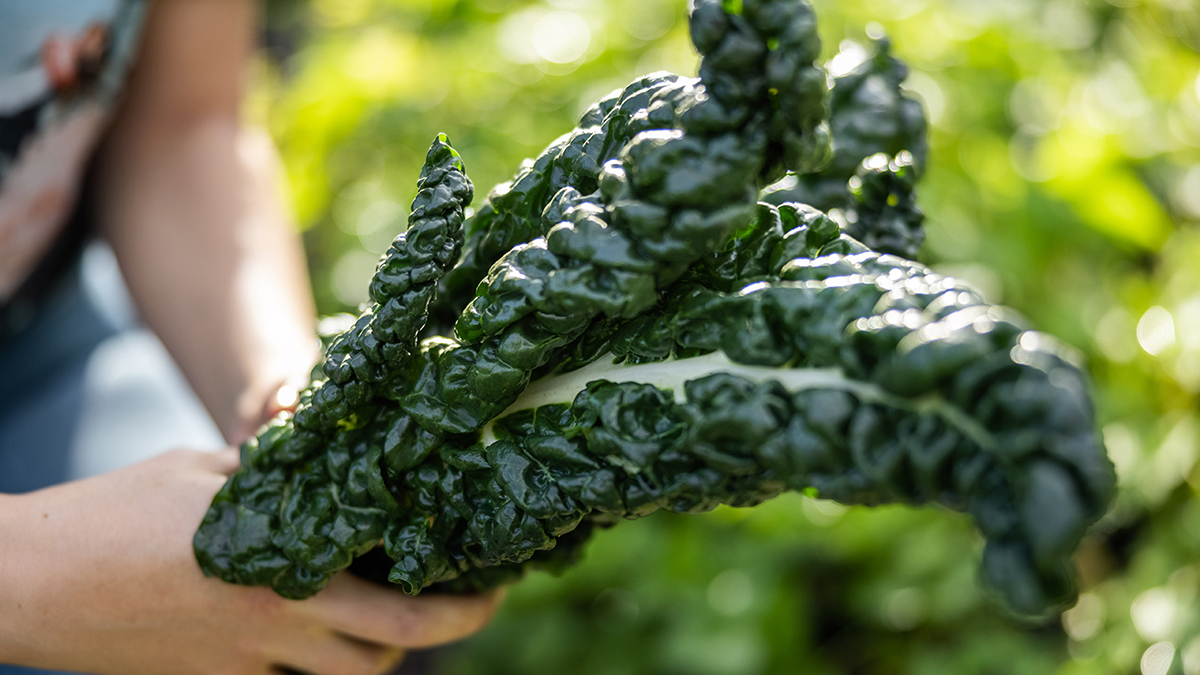
Choosing the freshest fruits and vegetables is the first step towards extending their shelf life at home. Select your produce carefully, ensuring your greens are rich in colour and avoiding any limp or yellow leaves. Give root vegetables a gentle squeeze and look out for those pesky soft spots. As for fruits, they should feel weighty in your hand and vibrant in appearance, free from blemishes and dents. Remember, the fresher your produce is when you bring it home, the longer it will last.
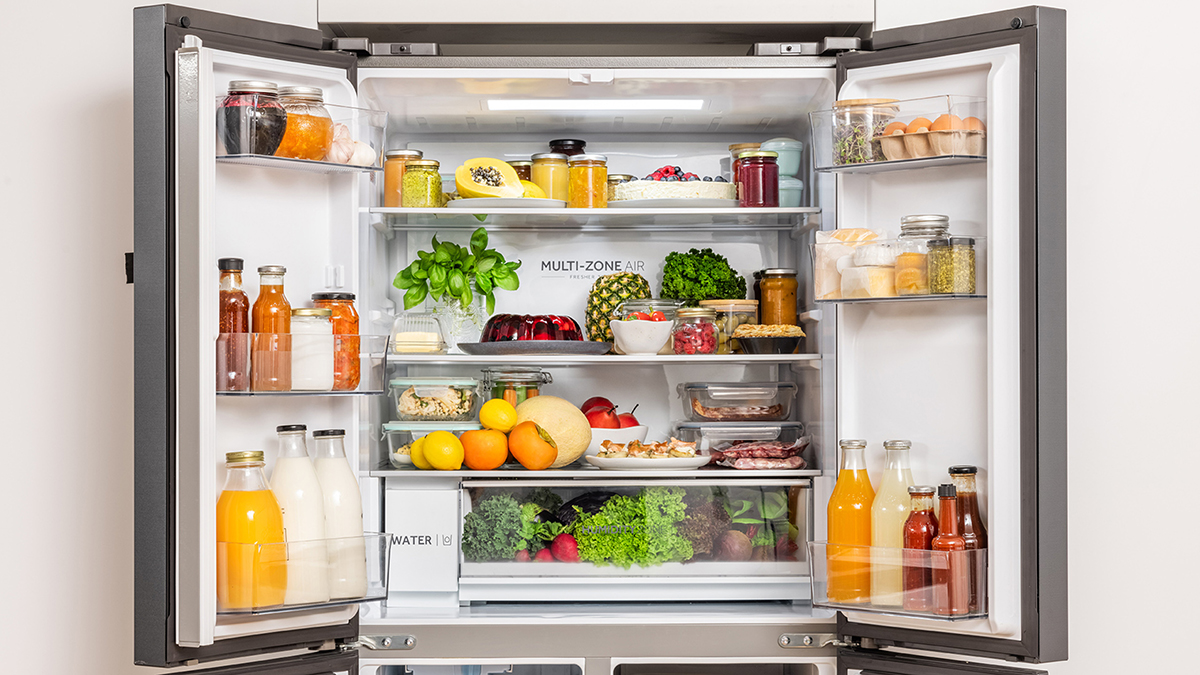
Too much moisture can significantly affect the quality of certain foods – mushrooms, for instance, can turn mushy, and leafy vegetables might wilt faster. Make sure your produce is dry before refrigerating. If you prefer pre-washing so your greens are ready to use, take a moment to thoroughly dry them with a clean tea towel or a paper towel.
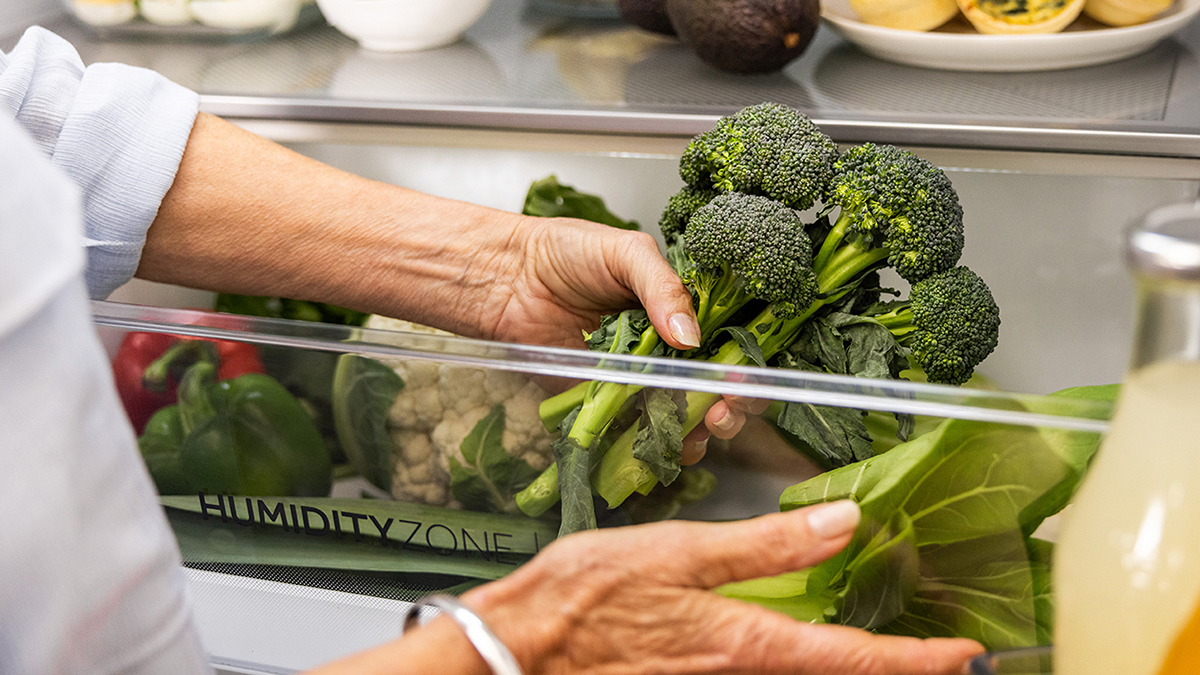
We all know that keeping food cold helps it stay fresh longer. But what's not as widely known is that humidity plays a big role in extending the shelf life of food. Haier's Humidity Zone drawers are designed to maintain the right humidity and reduce condensation, ideal for keeping your leafy greens crisp and fresh. Our humidity control system, unlike typical "crisper drawers", features a plant fibre membrane that acts like a sponge. It adjusts humidity levels, absorbing and releasing moisture as needed. The result? Fruits and vegetables that last twice as long while preserving their fresh look and taste!
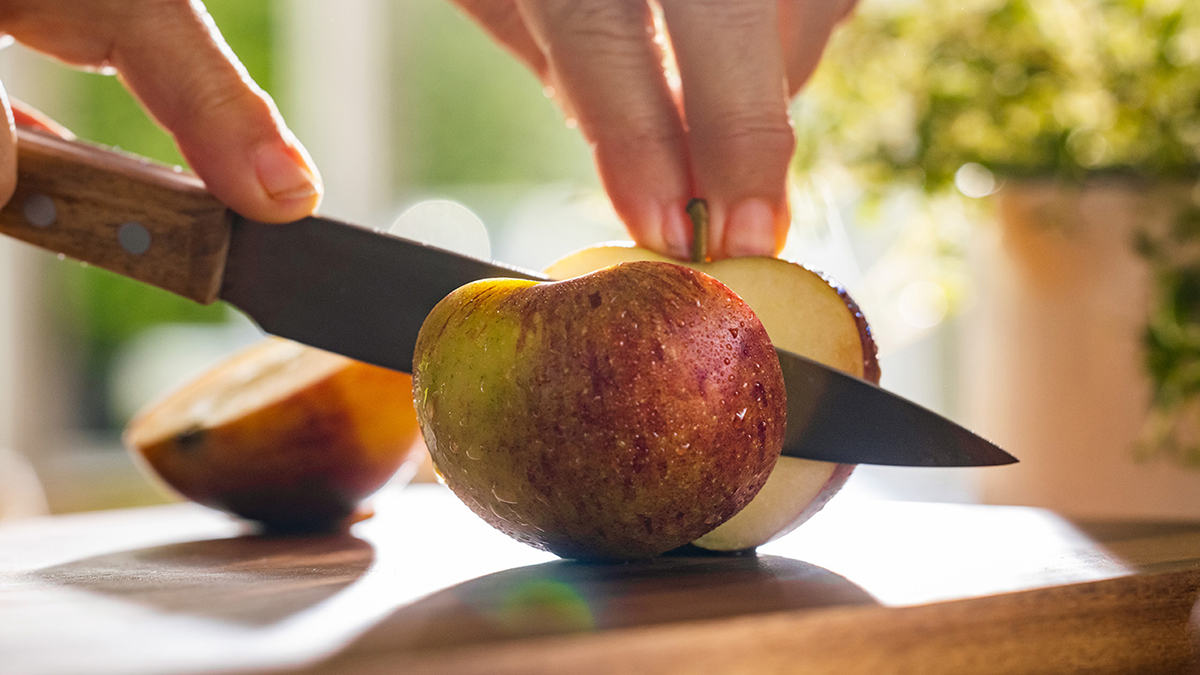
If you've ever heard that you can ripen an avocado by storing it in a bag with an apple, it's true. This is because many fruits, such as apples, bananas, pears and stone fruits, produce ethylene gas, which acts like a ripening hormone and can speed up the ripening process of other produce. It's wise to store these fruits separately from your salad staples like carrots, cucumbers, kale, lettuce, and spinach. By dedicating separate fridge storage bins or using plastic bags for these gas-releasing fruits, you can prevent faster ripening or spoilage of your other produce, keeping them vibrant and tasty for longer.
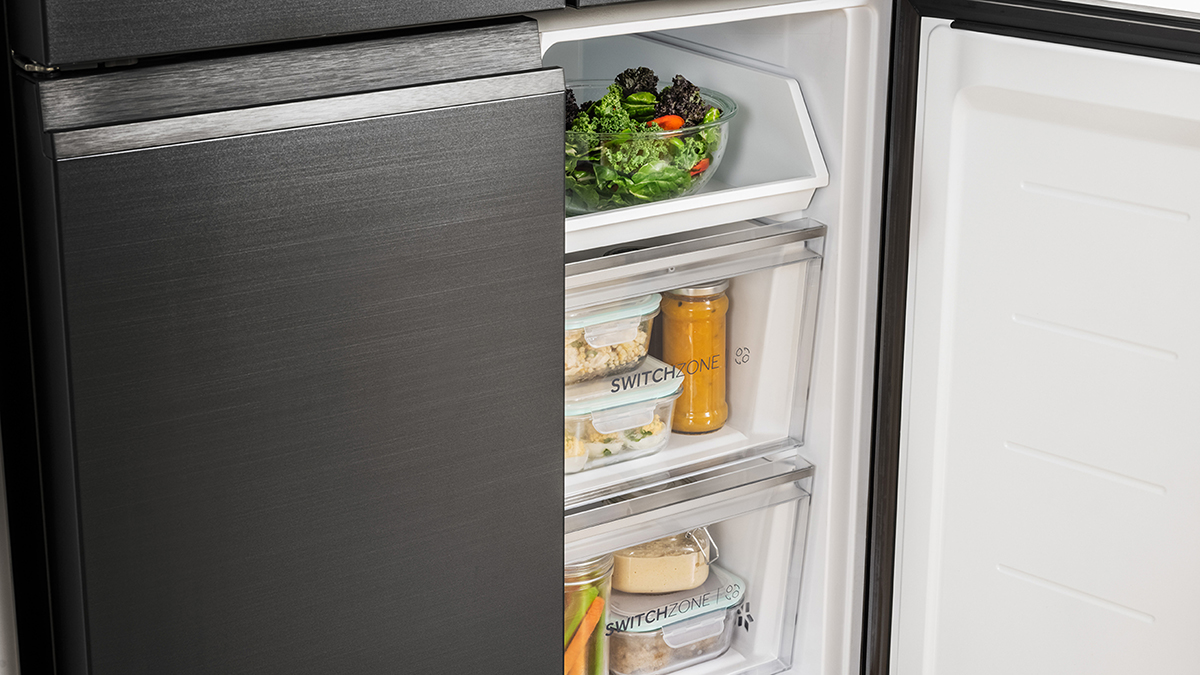
When it comes to preserving freshness and taste, each fruit and vegetable has its unique storage needs—some needing refrigeration, others not. Haier's fridges are equipped with Switch Zone™ flexibility. This convenient technology lets you easily convert a freezer compartment to extra fridge space, or choose any temperature between -18°C and +5°C with the touch of a button.